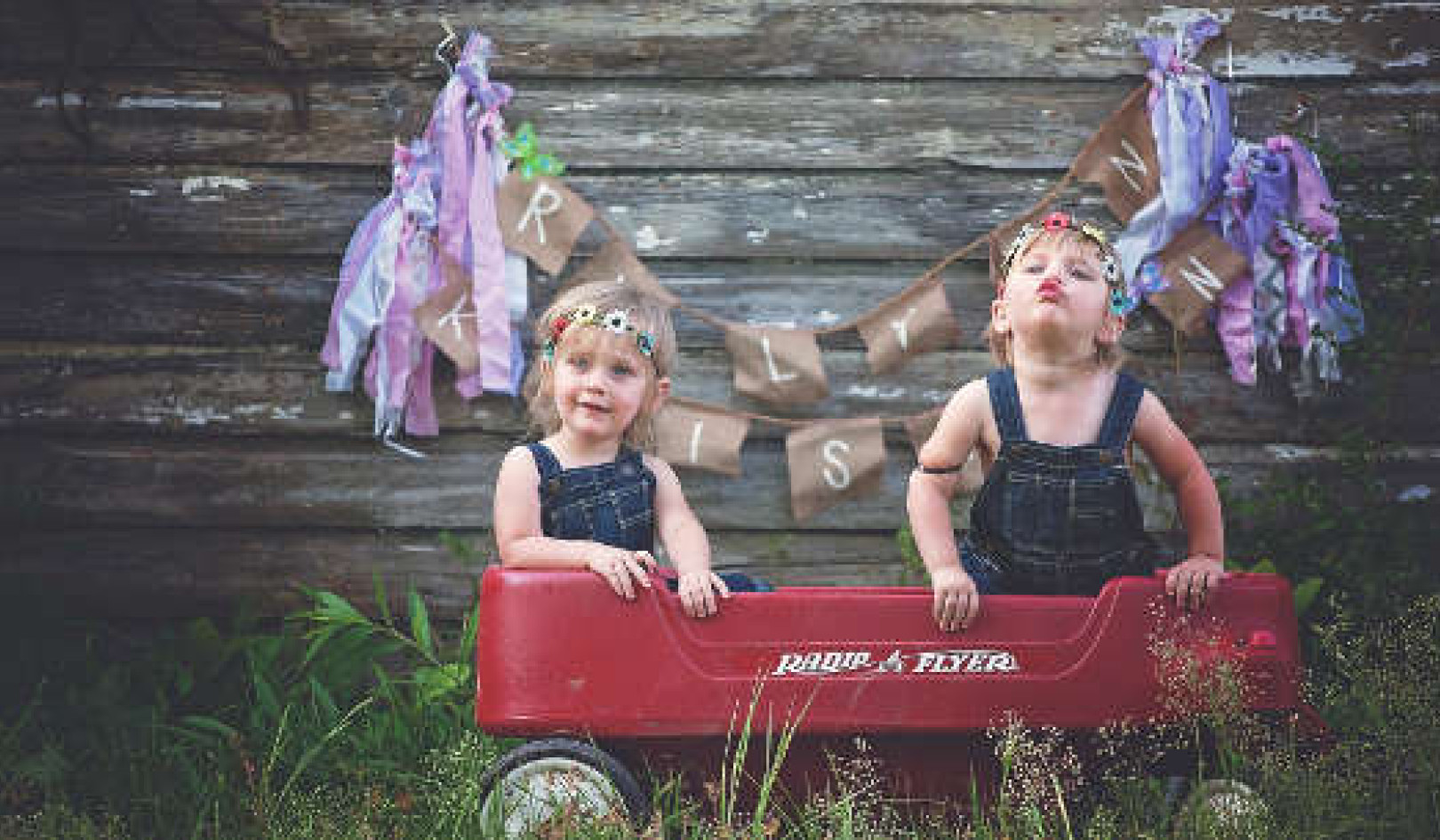 Getting ready for school. Studio.g photography/shutterstock
Getting ready for school. Studio.g photography/shutterstock
Parents play a critical role in their children’s early math education. They not only can provide math-related toys and games, but serve as role models demonstrating how math is used in everyday activities.
Children who see their parents doing everyday math engage more often in math activities. This, in turn, builds early math skills, which serve as the foundation for later learning.
As researchers who study children’s math development, we believe there are five math skills that children should have at the start of kindergarten. Opportunities for learning these skills are everywhere – and there are simple, enjoyable activities that parents can lead to foster these skills.
This will help children acquire the age-appropriate vocabulary and skills needed for learning math, while staying engaged and having fun.
1. Counting and cardinality
According to the college and career-ready standards in our state, Maryland, children are expected to demonstrate simple counting skills before starting kindergarten. These skills include counting to 20; ordering number cards; identifying without counting how many items are in a small set; and understanding that quantity does not change regardless of how a set of items is arranged.
Children also will need to learn cardinality. That means they should understand that the last item counted represents the number of items in the set.
Counting and cardinality can be easily integrated into daily life. Children can count their toys as they clean up or count how many steps it takes to walk from the kitchen to their bedroom. Parents can point out numbers on a clock or phone.
In the grocery store, parents can ask children to find numbers while shopping. In the car, parents can have children read the numbers on license plates or count passing cars. Parents should ask, “How many?” after a child has counted, to reinforce the idea of cardinality.
Board games like Trouble, Hi Ho Cherry-O and Chutes and Ladders are helpful and fun ways to hone counting and cardinality skills. Have children identify the number on the die or spinner when they take their turn and count aloud when they move their piece. Active games that involve counting aloud – like jump rope, hopscotch or clapping – also foster these skills.
2. Operations and algebraic thinking
Kindergartners are expected to solve simple addition and subtraction problems using objects.
Parents can have children do simple math problems during everyday tasks. For example, they can ask children to take out the correct number of plates or utensils when setting the table for dinner. Remember, the math language children hear matters. Parents can ask questions like, “How many more plates do we need?”“
During play, parents can use toys and say things like, "I’m going to give you one of my cars. Let’s count how many cars you have now.” Songs and rhymes that include counting up or counting down, such as Five in the Bed or Teasing Mr. Crocodile, can also be useful for teaching early addition and subtraction.
3. Numbers and operations in base 10
Children need to begin to understand that the number “ten” is made up of 10 “ones.” Playing with coins can help children learn about numbers. A3pfamily/shutterstock
Playing with coins can help children learn about numbers. A3pfamily/shutterstock
Counting fingers and toes is a great way to emphasize the numbers one through 10. Money, coins in particular, is another great way to emphasize base 10. Parents can play store with their children using pennies and have them “purchase” toys for differing amounts of pennies. During play, they can talk about how many toys they can buy with 10 cents.
4. Measurement and data
Kindergartners are expected to sort objects by their features – like shape, color and size – or identify the feature by which objects have been sorted. They also are expected to order objects by some measurable feature, such as from bigger to smaller.
In the kitchen, children can begin experimenting with measurement using spoons or cups. Children can sort utensils, laundry or toys as they put them away. Card and dice games, such as War, are helpful for talking about number magnitude. Additionally, several inexpensive sorting games, such as Ready Sets Go or Ready Set Woof, are commercially available.
Additionally, kindergartners should be able to compare objects and use language like more than or less than, longer or shorter, and heavier or lighter. Parents can help by using these words to emphasize comparisons. When children are helping with tasks, parents can ask questions like, “Can you hand me the biggest bowl?” or “Can you put the smaller forks on the table?”
5. Geometry
Early geometry skills include naming and identifying 2D shapes like circles, squares and triangles. Children also need to realize that shapes of different sizes, orientations and dimensions are similar. Children should be able to recognize that a circle is like a sphere and use informal names like “box” and “ball” to identify three-dimensional objects.
Parents can draw children’s attention to shapes found in the environment. On a walk, parents can point out that wheels are circles and then have children find other circles in the environment. Commercially available games like Perfection or Tangrams can help children learn to identify simple and more complex shapes. Puzzles, blocks and Legos are another great way to help build early spatial skills.![]()
About The Author
Susan Sonnenschein, Professor, Applied Development Psychology, University of Maryland, Baltimore County; Rebecca Dowling, Doctoral Student in Applied Developmental Psychology, University of Maryland, Baltimore County, and Shari Renee Metzger, Research Analyst, Prince George's Community College
This article is republished from The Conversation under a Creative Commons license. Read the original article.
Related Books
at InnerSelf Market and Amazon


























